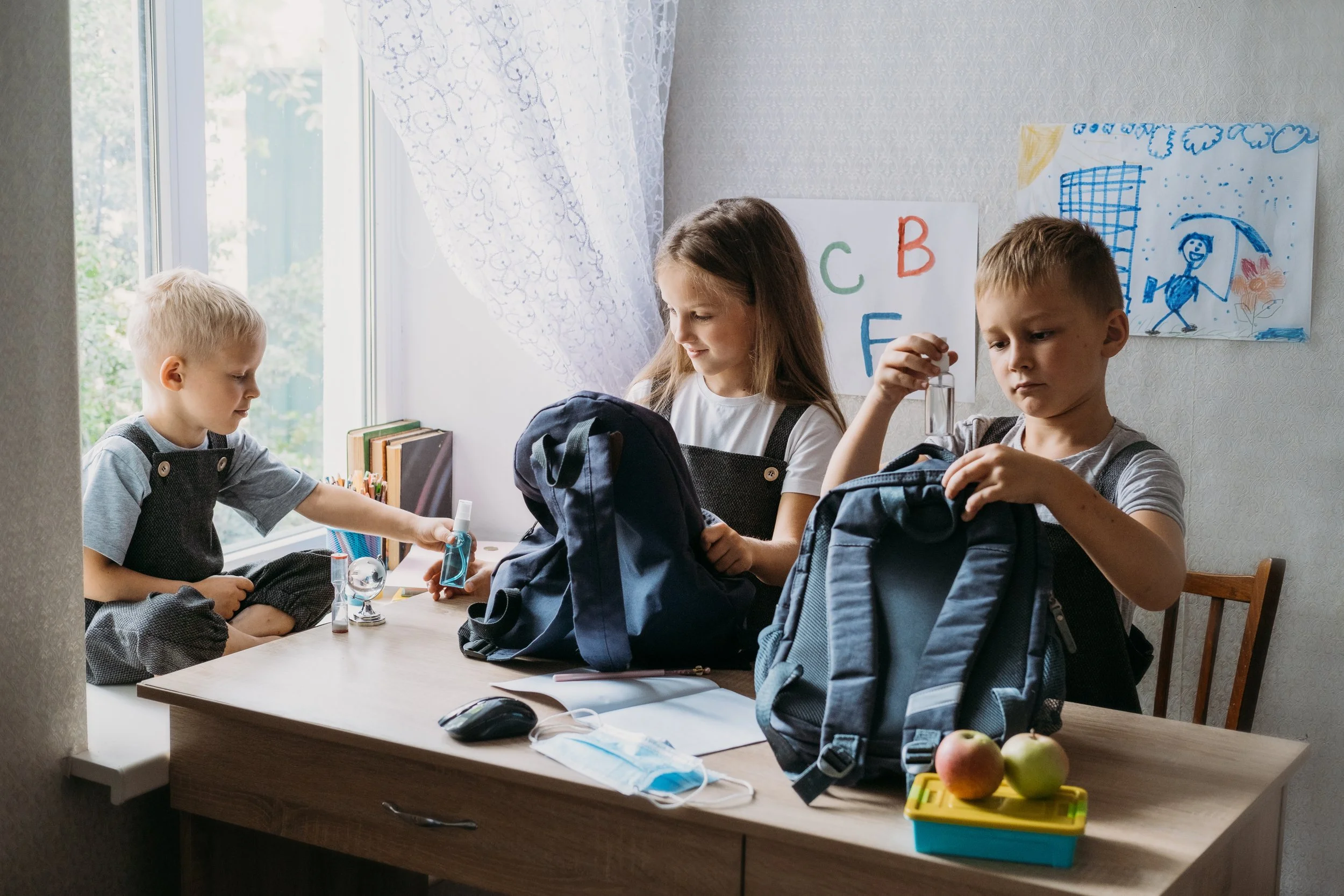Help Your Kids With the Summer Slide
Reading Time: 2 min
It seems that summer break goes by in a flash. The hustle and bustle of summer activities fill the season, and before we know it, it’s time to buy school supplies, fill new backpacks, and start planning lunches.
When making back-to-school plans, don’t forget to check last year’s curriculum to gauge whether the child has experienced the “summer slide.”
The summer slide refers to the learning loss children experience over the summer break. This is due to relaxed schedules and the absence of classroom instruction. Keep children’s skills sharp in as little as 30 minutes per day with worksheets, daily reading, and hands-on activities. There are some easy ways to make an at-home assessment of academic skills to ensure success during the new school year:
Workbooks and Worksheets
The best way to do a general academic assessment at home is to look at last year’s curriculum. For example, if your child is going into 3rd grade this fall, grab a 2nd-grade workbook (or print sheets from learning websites) and ask your child to complete a few of them. If they fly through the exercises, then you know their skills have stayed sharp. But, on the other hand, if they struggle, you will be sure that time will need to be spent refreshing 2nd-grade skills.
Daily Reading Time
Assessing reading levels at home is a little more challenging, but one easy way to check in on your child’s reading skills is to sit with them and have them read aloud. Be sure the book is at their reading level, maybe one they have read before. If they are struggling with words or getting frustrated with the book, then you know their reading skills have slipped. This would be a great time to start or increase daily summer reading. Children can benefit immensely by spending 30 to 40 minutes a day reading their favorite books, making it fun and beneficial to their academic future.
Hands-on Activities
For younger students, hands-on activities are best when assessing skills like shape recognition, letter formation, and color identification. These activities can be as simple as playing with blocks or using crayons to form letters. Color recognition can be done anywhere, and outdoors is a great place to start. If these skills are not as sharp as last school year, just 15-20 minutes per day is enough to send them back to school feeling like confident students.
It’s also important to remember that kids need a break, just like the rest of us. So all that sunshine, playtime with friends, and watching their favorite tv shows is time well spent.


















